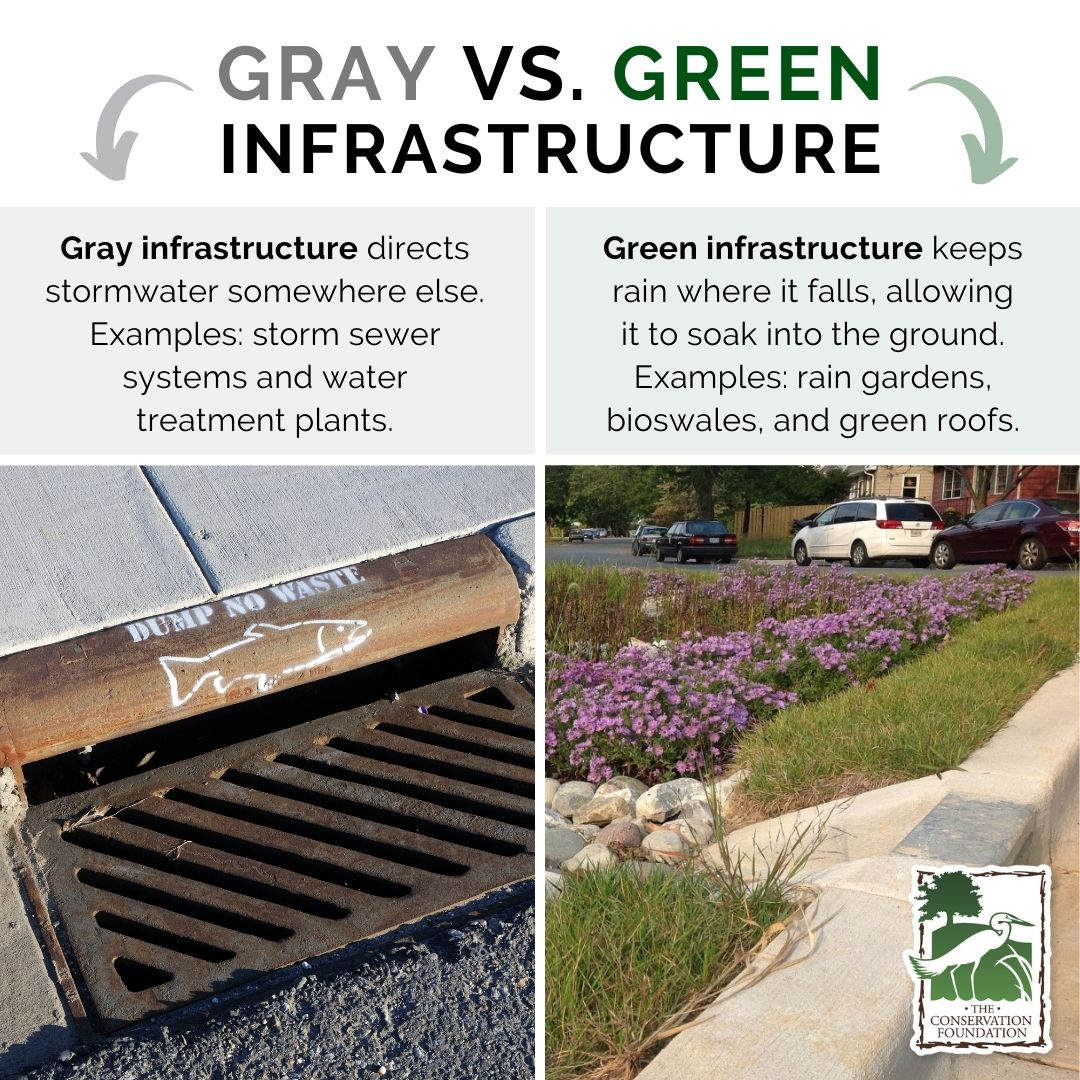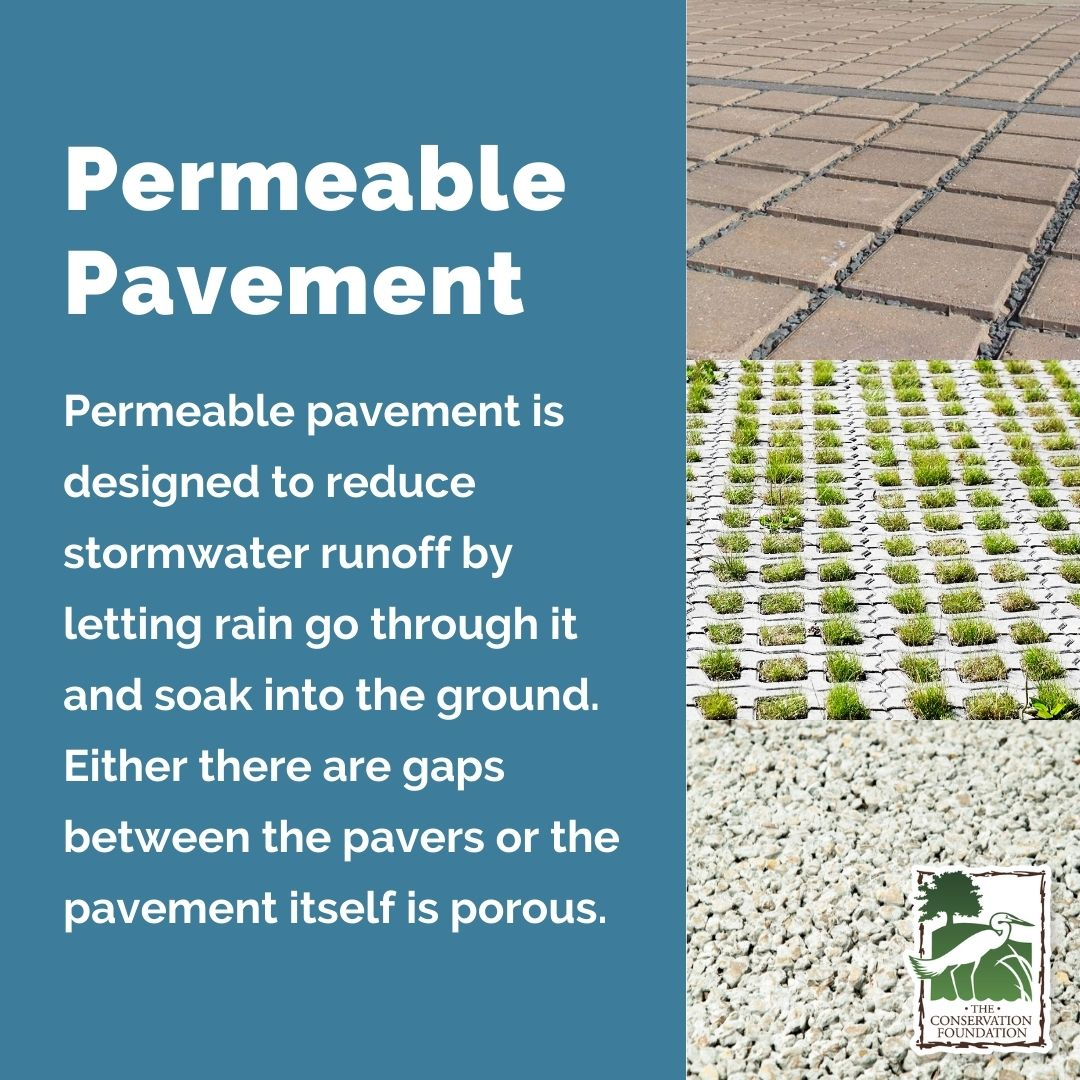Portland Bioswales (lessons from a rainy city)

Portland is a city near the Canadian border, in northwest USA. It’s about the same size and population as Sheffield, but it has way more parks (one for every day of the year) and is known as one of the greenest cities in the United States.
You can find everything from organic supermarkets and vegan food malls to cloth nappy laundries. It also runs Trimet, one of the world’s best public transit systems, linking buses, trams and trains both within and out of the city.
What Portland is most known for however, is its bioswales. If you’ve never heard of these, prepare to be amazed and also confused, as to why English councils are not using them here. In a nutshell, they involve planting native grasses alongside pavements to absorb rain (Portland like England, gets regular downpours).
If planting green spaces, read about pet-friendly gardens and wildlife-friendly gardens. And trees to avoid near horses (including yew, oak and sycamore).
The Benefits of Planting Bioswales

Planting bioswales not only absorbs pollutants, but crucially it prevents floods. At a time when England (and many other places) are suffering from major floods (now the world’s most common natural disaster), often the answer is easy: just plant more trees and bioswales in urban areas, and these heroic plants soak up the water, and it then prevents overflowing gutters and ultimately burst river banks.
Planting bioswales also has the added benefit of absorbing carbon dioxide, which helps to reduce urban heat island effect (where the temperature and pavement heats up). This has a knock-on health effect of helping to prevent heatstroke in both people and pets, and keeps birds and wildlife cooler in summer.
Bioswales Keep Streets and Rivers Cleaner

Bioswales slow down stormwater, letting the ground absorb it before it rushes down drains. When rain hits hard surfaces, it picks up dirt, oil, and rubbish. If this travels untreated, it ends up in rivers.
Portland’s bioswales catch and filter the water before it can carry waste into streams and the Willamette River. This approach cuts pollution year-round, even with the city’s heavy rainfall. Any city with big rain events can benefit from cleaner water.
Rainwater Doesn’t Go to Waste
Instead of letting floodwater run off straight into drains, bioswales guide it into the ground. This helps recharge the local water table. It means less stress on old pipes and less risk of flooding downstream.
When Portland swapped kerbs and pipes for living systems, it gave rain a chance to feed gardens, not just drains.
Green Spaces Bring Nature Back
Bioswales aren’t just about water management. They pull native plants into the heart of the city. These strips of greenery add natural beauty to pavements and business fronts.
Native species like sedges and rushes thrive here, needing much less upkeep than non-native plants. Residents get more bird and insect visits. The city’s streets look alive again, not just grey with concrete.
People Get Involved
Portland’s bioswale success comes from people supporting the projects. Residents help pick plants, and schools use nearby bioswales for outdoor science lessons.
Community groups look after public plantings. By involving locals early, the city keeps the spaces clean and healthy. People walk past every day, see their efforts grow, and feel part of the result.
Design Fits the Neighbourhood
Bioswales in Portland adapt to the street they’re on. Some are long and wide, with bold plantings. Others fit in narrow spaces between pavements and cycle lanes.
Designers work with local builders and residents to shape swales that work for each street. This keeps the look and feel of neighbourhoods while making room for safer water.
Less Flooding, Safer Streets
Heavy rain once meant standing water and blocked gutters. Now, bioswales soak up most downpours before they become a problem. Streets stay safer for drivers, cyclists, and walkers.
During record rainfall years, these green systems stop many of the puddles and pooling that used to close roads and paths.
Money Spent Gets Results
It costs money to build and keep up bioswales, but Portland’s experience shows long-term savings. Fewer floods mean less damage to roads and property. Lower water bills come from using less piped water for plants. Storm drains last longer.
Over time, the green approach isn’t just good for nature—it’s also good for city budgets.
Cities Can Learn from Portland’s Mistakes
Not every swale worked the first time. Some filled with weeds or got clogged with litter. Early designs sometimes used the wrong plants for local soils. Portland’s planners take these lessons and adapt.
Now, they test new ideas in small projects before rolling them out elsewhere. Other cities can skip early mistakes by learning from Portland’s tweaks and trials.
Why Aren’t Councils Planting Bioswales?
Who knows? Lack of vision, not reading enough books on good town planning? Apparently a few councils (London, Lincolnshire, Cambridgeshire) are exploring options. But considering that Portland has been planting bioswales for decades, it beggars belief why all our councils are not following suit. It’s such a no-brainer and would also be affordable, quick and create skilled jobs.
And before councils say ‘we don’t have any money to maintain them’, know that Portland local government has volunteer Green Stewards. Once the bioswales have been planted, they take responsibility for most jobs (not official pruning) like picking up litter, removing sediment and leaves (to help water flow and prevent sewage overflow) and watering plants in summer.






